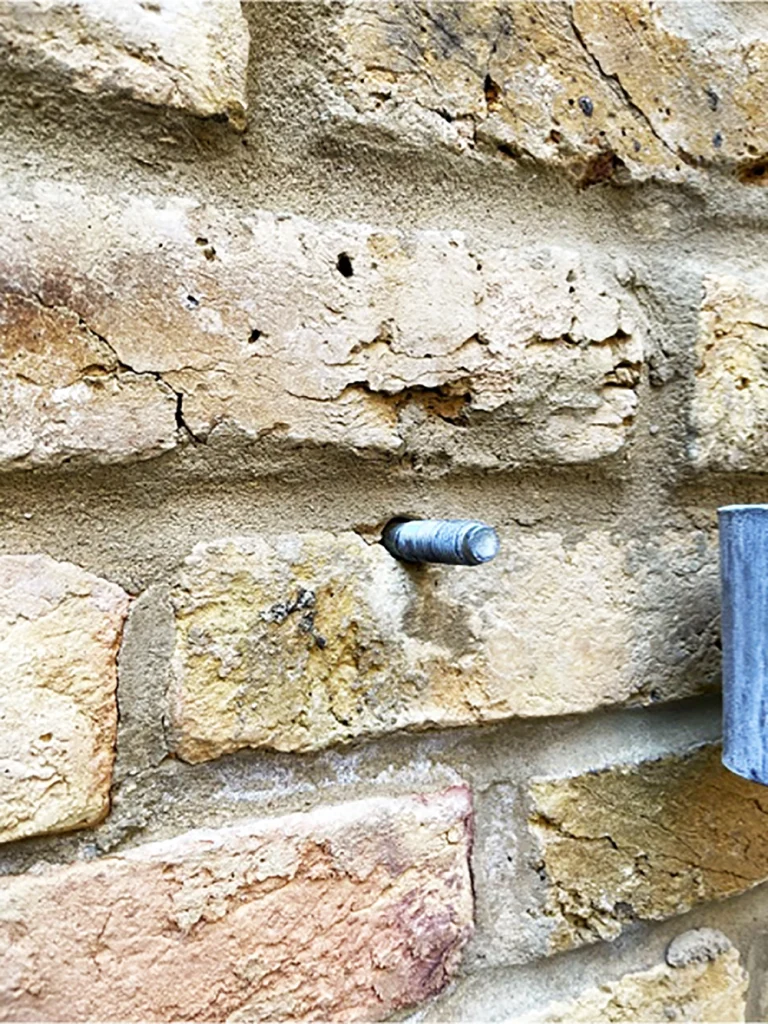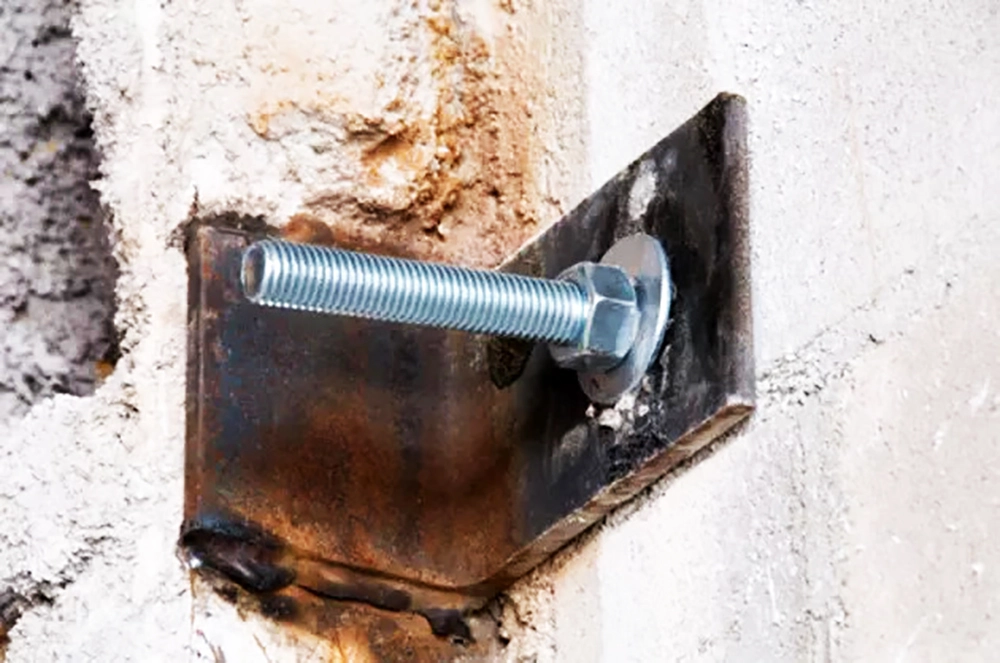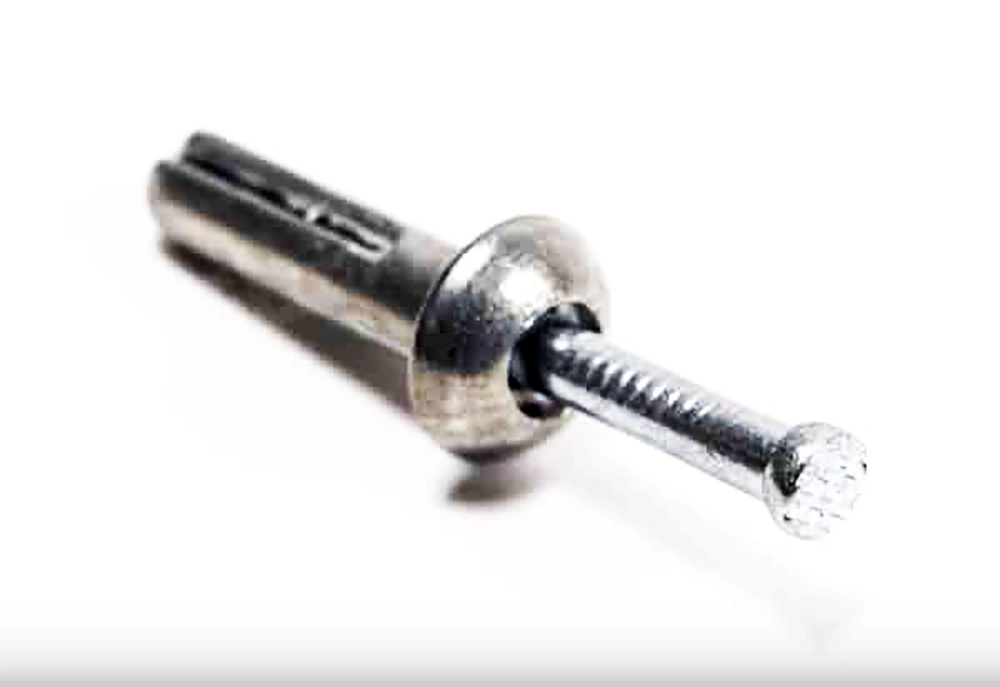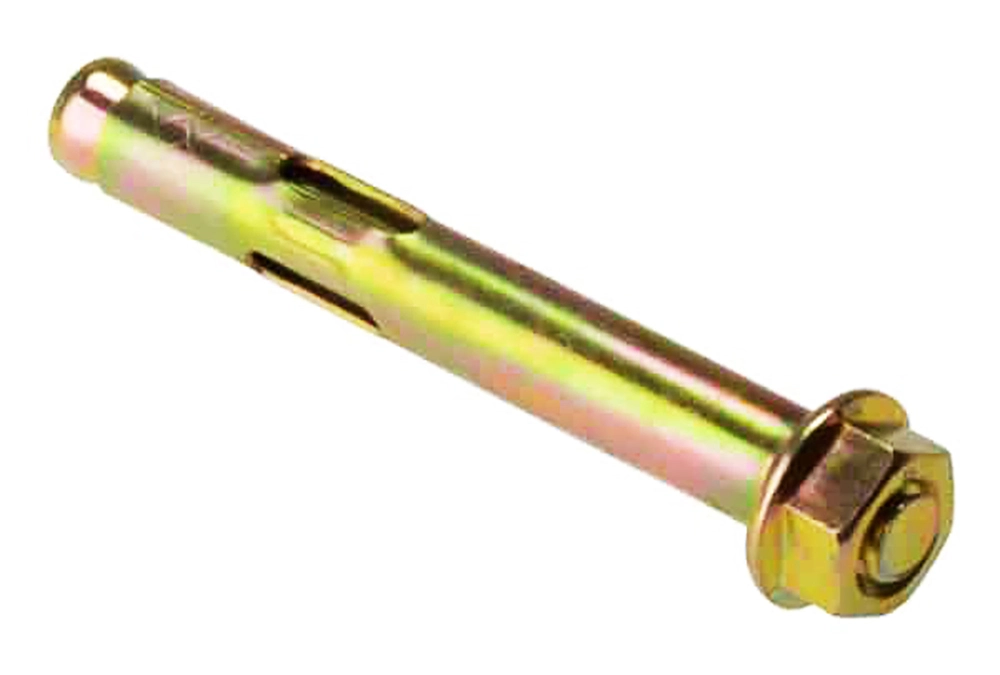Let us show you how to remove anchor bolts from brick surfaces accurately and easily. That will help you learn the secrets of brick repair. Have trouble getting anchor nuts off of your brick? Cast-iron anchors are essential to adequately putting important things like motors, pipes, and frames in place.
But when the time comes, taking these anchors out can be a difficult job. This article details how to remove a concrete anchor, including the different types of anchors, the tools that can be used, and the different ways to do the job depending on the type of anchor. For more information visit the website The diet and weight loos.
How to Understand Anchors for Concrete

Stone and concrete fixings, like plates, screws, and bolts, are made to last a long time in hard materials like brick and concrete. Growth, which can happen while the bolt is tightened or through glues, makes the tight fit possible. There are two types of anchors: male and female.
An anchor for concrete that is female has an inner cylinder or tube that can grow female threads. They are pushed into a hole that has already been made, which makes them bigger. Taking something apart with tools like screwdrivers or pipe wrenches is usually easier.
Anchors comprise fastening rods and anchoring parts in one unit. When hammered or tightened, these anchors grow and lock in place. Getting rid of something can be more demanding and usually requires cutting or beating.
Get easy tips on How to remove anchor bolts from bricks:
When you install light posts, mailboxes, or even pergolas, you may need to anchor something to an existing concrete floor or slab as part of a home improvement job. It might look hard to do this since posts are usually hidden in the ground.
If you want to connect posts to old concrete, you must ensure it is structurally sound and then use special brackets to attach the posts. The brackets are attached to the concrete with screws that are made to go through and grip the hard material.
Step 1:
As you walk over the old concrete, look for cracks or broken pieces. These might be signs that the building is falling apart. If any of these things are wrong, you shouldn’t post the link or should fix them first.
It could break if you drill into weak concrete or put a post on top of it. Knowing “How to remove anchor bolts from brick” is important to keep your walls in good shape.
Step 2:
- Put a post bracket on the post’s bottom to ensure it fits well. There are different sizes of brackets to fit different post diameters.
- To mark the lower screw holes on the concrete, put a pencil through them.
- Put on safety glasses and earplugs and set the bracket away. A 1/4-inch brick drill bit should be put into a hammer drill. From the base of the bit, measure up until you reach 2-1/4 inches. Bandage tape should be put around the bit.
Step 3:
- Press the trigger and place the bit’s tip on one of the screw holes. This will make a hole. Press the release again and again until the tape hits the ground. Do this again for every last hole.
- Use a shop cleaner to remove all the concrete dust in the holes.
4 Step:

- Connect the post clamp to the post with the screws and a power drill. Place the post clamp back on the bottom of the post. There are holes in the post clamp for the screws and a lip that goes over the post.
- Raise the post straight up and ensure the holes in the bottom bracket line up with the holes in the concrete. Ask a helper to keep the post straight and stable.
Step Five:
- In each screw hole in the bracket, put a stainless steel concrete sleeve anchor with a width of 1/2 inch. Wrap a wrench around the anchor’s top nut and turn it clockwise two to four times to make it tight.
Tip:
Some posts already have a flat plate mount on them. If this is the case, you don’t need an extra post-fixing bracket.
Mastering Masonry: A Complete Anchor Guide
Masonry anchors are made to be put into concrete, stone, brick, and other hard surfaces that regular screws can’t go through. They look like bolts or screws. The goal is for these anchors to be fixed or semi-permanent. It is possible to take out the supports, but it is hard to do.

Also, brick anchors usually leave a big hole in the surface that must be fixed after removal. Masonry stakes are significant for keeping things in place on concrete, stone, and brick surfaces.
We’ll show you how to remove brickwork and sleeve anchors, drill anchors into a brick wall, and put a post on top of old concrete.
How to Take Out Masonry Anchors
Being able to remove masonry supports, which look like bolts or screws, can be tricky. To get a good extraction, do these things:
- Drilling: Put a brick drill bit on a high-speed drill. To loosen the link, drill around the anchor.
- To get the pin out, grab it with pliers and move it around until it comes loose.
- Tip: Before drilling, use a screwdriver to remove replaceable anchors.
How to Get Away from The Sleeve Anchors
Concrete sleeve anchors connect things to brick, concrete, and other surfaces. The threaded part of the anchor stretches and locks into the material for a stronghold. Regrettably, this firm grip also makes it hard to remove supports.
Using force to try to pull out the anchor will only damage the material badly and put you at risk of getting hurt. If the attached material can’t be cut out and put back down, the anchor can be
It can be hard to remove concrete sleeve bolts because they have a firm grip. To get a good removal, do these things:
- Taking apart: Turn off the nut and washer, then remove the anchor’s head.
- Embedding: Press the last anchor into the material and cut off any bits that stick out with a hacksaw.
- Fix: Fill in the gap with a suitable material and use colored glue or mortar mix to fill the anchor holes.
- Tip: If you want to escape hacksaw cuts, drill the anchor holes deeper next time.
How to Drill Anchor Holes in a Brick Wall
When big things are connected to brick walls, masonry wall anchors should be used to strengthen the walls. Putting nuts or masonry screws inside the brick won’t break or hurt it if you use anchors.

Putting a wall pin into a brick is not hard if you have the right tools.
When putting big things on brick walls, it is very important to drill the holes correctly. Here’s how to put nails in a brick wall:
- For dull, use a brick drill bit smaller than the drill bit. Punch holes in the brick.
- Glue: Use outdoor glue or stone epoxy to fill the hole after cleaning it.
- To put the anchor in place, push it into the hole until it is level with the brick.
- Tip: Protect your eyes and buy drill bits made just for brick.
How to Put a Post in Place on Top of Old Concrete
When you do home improvement work, like putting up light posts, mailboxes, or pergolas, you might need to connect something to a concrete floor or slab already there. Most posts are buried in the ground, so this might seem tough.
Make sure that old concrete is structurally sound before you put posts on it. Following that, you can join the posts together using special frames. Follow these steps on “How to remove anchor bolts from bricks” without damaging it.
When putting posts on old concrete, they must be carefully checked and firmly connected.
- Putting on the Bracket: Attach a post bracket to the post’s base.
- Marking Holes: Use the clamp to make screw holes in the concrete.
- Drilling: Make holes, clean up the mess, and put in concrete sleeve bolts.
- Putting the Bracket in Place: Connect the post bracket to the post and screw it into the ground.
- Tip: Some posts already have a flat plate mount connected to them.
How to Get Rid of Metal Wall Studs
Big things like flat-screen TVs and mirrors can be hung on plasterboard with metal wall screws. Most metal walls are held up by twist and Molly bolts. Once these bolts are pushed into the drywall, the other side has legs or toggles holding them.
Taking down metal wall pegs is challenging but not impossible. Removing the toggle bolts is easiest, but sometimes a Molly bolt works. Even if you can’t get the Molly bolt off the first time, there are ways to hide it. To learn “How to remove anchor bolts from brick,” you must plan ahead and get the right tools.
It can be hard to take off metal wall anchors like toggle and Molly bolts, but it is possible. What to do:
- Toggle Bolts: Loosen the bolt, remove it, fill the hole with putty, and paint over it.
- Molly Bolts: Unscrew them halfway, pry the anchor head off, tap it under the surface, fill the holes with spackle, and paint.
- Tip: If you’d instead not use spackle, you can use plasterboard glue.
If you know how to use masonry anchors correctly, you can place, remove, and maintain your projects safely and in a way that looks good. The brackets are attached to the concrete with screws that are made to go through and grip the hard material.
Mastering DynaBolt Sleeve Removal from Brickwork: A Complete Guide
Removing DynaBolt sleeves is tricky. Starting with drilling out the bolt is recommended. Select a cobalt drill bit millimeters more minor than the sleeve and drill slowly.

A hammer and a flat-head screwdriver can tear the sleeve apart. Use the flat-head screwdriver to fold the sleeve in half. Hit the middle of the arm to make it tighter. “How to remove anchor bolts from brick” is what you want to know.
1. Initial Steps:
- First, put WD-40 or another oil inside the DynaBolt. Soak it for an hour to remove the rust and make it move.
- Use a hard or stick to hammer the broken bolt and nut back into the hole. The casing should close up, and the bricks should come loose.
2. Non-Destructive Methods:
Crush the Sleeve:
- Select a cobalt drill that is more miniature than the sleeve.
- Slowly drill through the bolt to weaken the sleeve wall.
- Use a hammer and flat-head screwdriver to crumple the sleeve around the perimeter and strike the center.
Using Easy Outs or Large Screw/Bolt:
- After driving the nuts back in, use Easy Outs or a large screw/bolt to hold the sides and leverage the case outward.
Snap-Lock Pliers Method:
- To make a tongue with Snap-Lock Pliers, release the handle on the casing and squeeze the opposite sides together with a big screwdriver.
- Narrow-nosed snap-lock pliers can twist the hole grip on the tongue and free it.
3. If nothing else works, drill:
- Use a core drill to drill DynaBolts as a last resort, avoiding the sheath around the bolt.
- Tap the bolt in after drilling 20mm to remove the sheath.
4. After the removal:
- After taking out the nuts, saw off any rusted DynaBolt pieces.
- To keep the bricks from breaking, fill in the holes and accept the scars that may not look good.
Be careful and use the right method. Take your time and make sure the removal process is safe and effective, whether you use non-destructive methods or, if that fails, drill. Have fun.
Finally,
Learning “How to remove anchor bolts from brick” gives you the power to protect your walls. Remove unsightly bolts and enjoy your brickwork again.
Mastering brick anchor bolt removal preserves wall integrity. These methods remove unsightly bolts and restore masonry to its former glory. Do it yourself and enjoy removing anchor bolts from brick.
Take responsibility and enjoy a job well done!”

